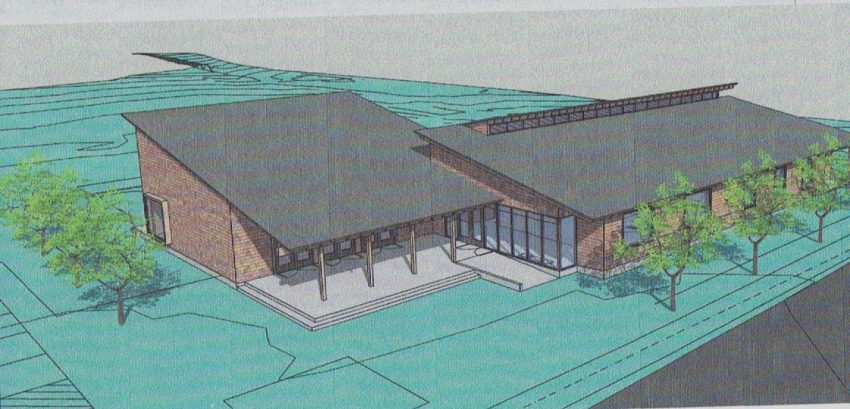By Randy Kugler
City officials have demonstrated a troubling public process to address important community projects. The steps look something like this: Identify the issue, hire consultants who come and convene citizens at one or more public meetings to view proposed design drawings and give feedback in order to establish their project priorities. The City forms its “team” of staff and consultants, develops a budget to achieve the expectations voiced by the public and then starts spending money. Basic to the methodology is a pattern of City officials saying whatever is expedient during the planning phase to move the project forward and counting on citizens to forget what they were told once the project begins.
Take the City Hall project. The City Manager claimed during the planning meetings that hiring Klosh as an “owner’s representative” was necessary and they would be a vital project team member, in essence a consultant to oversee the other project consultants to achieve cost savings. According to the City Manager “the owner’s representative needs to save as much money as you are spending on your owner’s representative through the process… and we will achieve that.”
The City Council hired Klosh for the project and approved a maximum budget of $133,354 for their services. I recently asked the City for some specific examples of where Klosh saved the project money over the past four years. The City could not identify any cost savings now claiming “Their (Klosh) contributions aren’t measured in specific dollar amounts “. I would imagine that four years ago, citizens understood that the reason, as described by the City Manager for hiring Klosh, would result in the City saving money on the project. We are now to understand that there is no way to evaluate the cost saving promise because no attempt was apparently made to document what if any cost savings were achieved. While City officials attempt to explain this, they should also explain why the total payments to Klosh far exceeded the approved maximum of $133,354 that the Council told us that they would pay for this service.
Remember during the public outreach process when the team presented a combined City Hall and Police station with a foundation that would withstand a major Cascadia event. The design featured dedicated space for an EVC emergency center, south sloping City Hall roof to maximize solar capture, extensive clerestory windows for natural light, cedar shake horizontal siding etc.. It was described as an architectural style with materials that would reflect the unique character of the City that citizens said they wanted, specifically mentioning a City Hall to complement the Library and First Security Bank. We didn’t get any of that. As an adjoining property owner to the project describes it, we ended up with a sheep barn and a loafing shed.
The Classic Street project now underway seems to be following the pattern.
A project Budget is adopted, a modified project bid process that we were told would ” likely result in substantial cost savings and other substantial benefits to the City” was adopted, consultants who we are told are uniquely qualified to do the project are assembled for the team, design drawings are presented to the public and construction timeliness announced. Unfortunately, the project starts unraveling in real time while memories are still fresh.
The City’s proposed project Budget proved to be inadequate, then after spending approximately $450,000 for a design, legal fees, public presentations and bids the City quietly terminated the services of the project engineers. The new bid process then comes into question with potential litigation against the City on the part of one bidder. The City’s mishandling of the project has resulted in funds wasted, a more costly boring of the water line under the existing failing pavement and months of delay ensuring greater total project costs. Expect a scaled down design from what was presented in March with the City having to pay the additional project expenses.
Perhaps the citizen who offered his take on the look of City Hall was on to something. Residents who bear the consequences and foot the bills resulting from our City official’s decisions on these community projects should be even more wary about future projects now that the City has occupied the sheep barn and the fleecing can continue in a new City Hall that as of now, we still have no idea how much more the final total cost will be from what we were originally told.


.png)